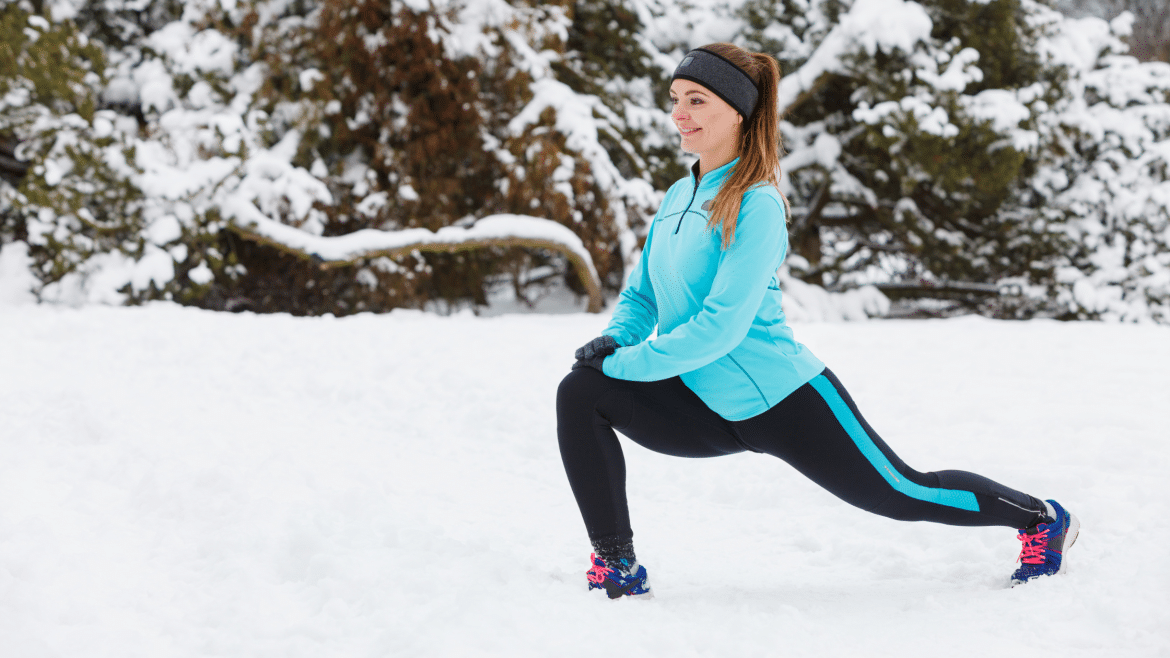 Aug
27
Aug
27
Top Tips to Layer Your Sportswear in Different Weather Conditions
- 27 August 2024
- 0 Comment(s)
Proper sportswear is essential to remain active and feel comfortable during your workouts. But what about when the weather changes again? A quick look at how to layer your sportswear can help. It can keep you comfortable and improve your performance. This is important when facing the morning chill, a surprise downpour, or the afternoon sun.
Layering includes wearing properly combined and the right materials so you are warm, dry, and free to move. Mastering the skill of layering can keep you focused on your performance rather than worrying about the weather. This blog will show you how to be ready for whatever trick the weather tries to pull in style.
The Basics to Layer Your Sportswear
Base Layer
When it comes to layering for any workout, the base layer is where it all begins. The first thing in an outfit sets the tone for the rest. Its purpose is to keep you dry by allowing the moisture to move out from your body. The process of sweating is normal and natural, and our body uses it to cool itself down when we exercise.
When the moisture does not wick out from your skin, you may feel cold or even shiver in colder weather. For this reason, your base layer should be made from materials that absorb moisture, like merino wool or synthetic fibers. Effectively, you are dry and comfortable, no matter the intensity of your exercise routine.
Middle Layer
When your base layer is put on, the next thing you need to do is add a middle layer for insulation. This layer is all about the insulation of body heat so that you feel warm without causing you to overheat. This can be from a light fleece or something thicker and insulated if it is cool or cold, depending on the exercise you will be doing.
The goal is to pick a fabric, which must keep warm. But, it must let moisture escape while wicking away at the base layer’s surface. On colder days, you may want to wear down a synthetic jacket that offers great warming properties.
Outer Layer
Finally, your outer layer of clothing is the first barrier between you and the outside elements—wind, rain, or snow. It should be flexible enough to help you sweat through the other layers but hard enough to withstand any harsh weather you face. Outer layers are usually made of waterproof or windproof fabric.
This is the main requirement, depending on where you are hiking. For example, waterproofing works in the rain. Windproofing is a must when hiking at the seaside. Jackets in wet weather made with a DWR finish prolong the water-dropping off the skin. Otherwise, a windproof outer layer your sportswear might help you find the breeze off coming through all the protection.
Layer Your Sportswear for Different Weather Conditions
Cold Weather
During winter, pairing is one of the best ways to withstand the cold. Firstly, a base layer that dries up sweat from your skin is advisable to guarantee that you will be dry and comfortable. This also helps prevent that bone-chilling, damp feeling that can quickly ruin a workout.
Next comes a thermal mid-layer, such as a fleece or insulated jacket, which will contain your body heat and keep you warm. The final piece is the windproof and waterproof outer layer that protects you from getting frostbite and caught in sudden snowfall or rain shower systems.
Rainy Weather
Staying dry in rainy weather is the most important factor, and for that, an outer layer is crucial. Instead, go for a base layer that removes moisture from your skin. Your middle layer should be quite light, just warm enough to keep you comfortable as you move.
Your true protector in wet weather is your outer layer. So, invest in a good-quality waterproof jacket with taped seams. It will keep the rain out and let sweat eliminate.
Hot Weather
In hot weather, the primary task is to remain cool yet guard your skin from the blaring sun. The base layer should be ultra-light and breathable since you need to stay dry when sweating.
If you exercise very early in the morning or evening when it is slightly cold, there is no need to make the middle layer. However, Instead of doing that, you should choose a light and breathable outer layer, like a UV-protective shirt or a jacket, to shield your skin from the sun.
Windy Weather
Wind gusts can be deceiving as they can deplete your body’s heat even though the temperature is not that low. In such circumstances, your outermost layer becomes the most important. Wear windproof jackets snugly.
They should trap the wind and protect your inner layers. With a good base layer, this set will keep you warm and dry. It improves moisture management. So, you can enjoy exercising, not the weather.
The Bottom Line
Layering your sportswear is an art and a science. It requires the right materials, a good fit, and knowledge of your body’s response to weather conditions. You can deal with adverse weather and meet your fitness goals by employing these hints.
So, layers matter whether you are warming up on a winter run, staying dry in a downpour, or keeping cool in summer heat. They can make a difference. Even more, selecting a good brand like TD Sportswear can be the most positive thing you could do. Now, have fun with custom sportswear while exercising, even if the weather changes!
